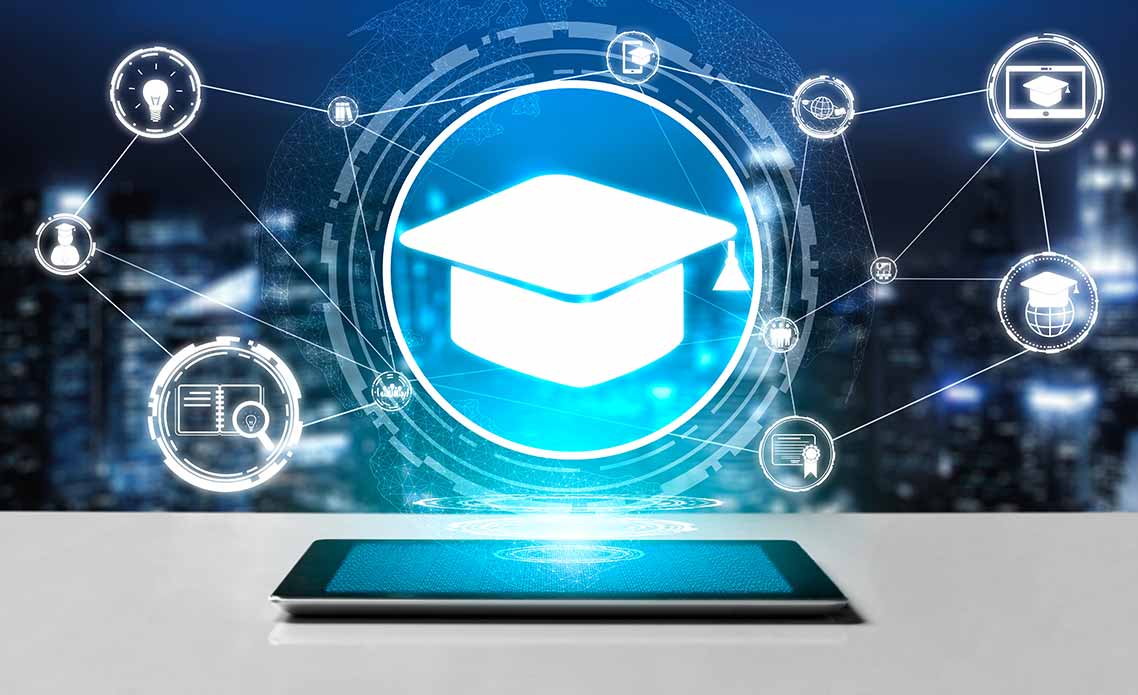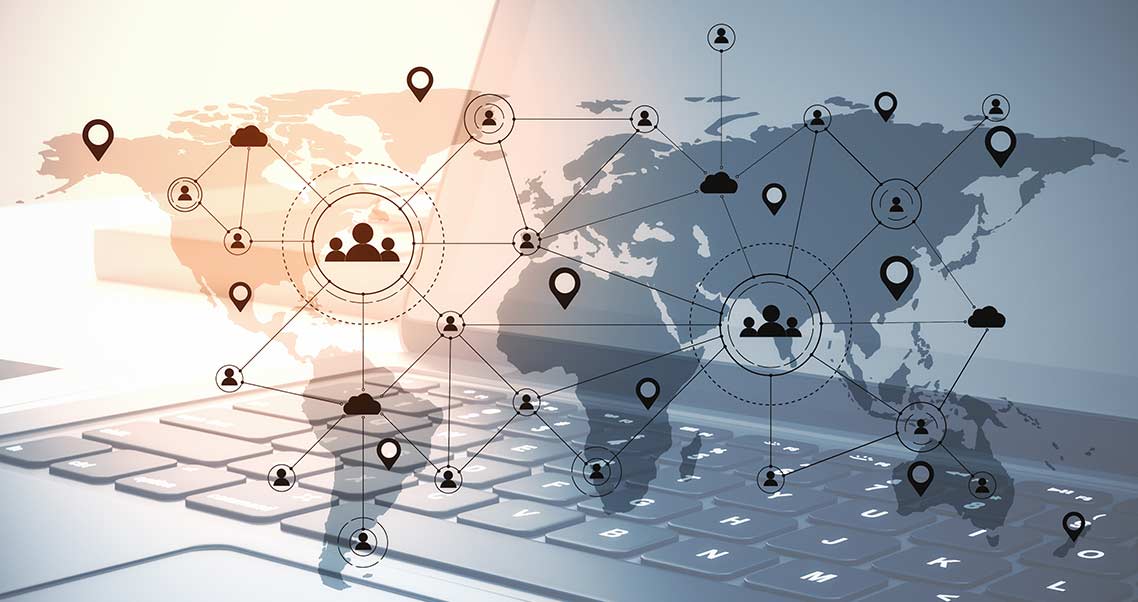
Learning Remote: Delivering an Effective Educational Experience
Remote learning refers to educational activities where teachers and students are physically located somewhere other than together in a classroom, e.g., in their own homes. Remote learning can be synchronous, with teachers and students interacting in real-time, or asynchronous, where students learn on their own time with teachers providing guidance when necessary. Synchronous remote learning is the better option, particularly where internet connections are fast and reliable.
How Learning Remotely and Virtual Learning Compare
In virtual learning, a school has undergone official accreditation to offer formal online curricula, and the infrastructure has been prepared ahead of time so that students can study online.
In remote learning, students learn while they are in another location due to some emergency that forces their schools to close temporarily and stop traditional classroom instruction. Thus, learning continues, and students do not have to miss months or years of instruction—once circumstances permit, they can go back and resume classes normally, as if the emergency did not occur.
Technologies such as video conferencing tools, discussion boards and online assessments are ideal for both remote and virtual learning.
Ideally, schools should be able to switch from a traditional classroom setup to a remote one without any difficulty. However, this may not hold true in some cases, as schools may not have planned ahead for contingencies due to limited resources. Moreover, schools or their students may not have access to the technologies needed for a remote learning setup. Worst of all is the lack of a stable and fast enough IT infrastructure needed to support the huge number of remote learners.
Despite the difficulties, schools had little choice but to transition to remote learning when the COVID-19 pandemic occurred in early 2020 and forced the suspension of face-to-face classroom meetings due to health risks. Though caught unprepared, many schools found a way to implement remote learning using a creative combination of online and other methods.
How to Deliver an Effective Experience with Remote Learning
Effective remote learning requires a comprehensive strategy that includes the following:
- Close communication among stakeholders: This holds especially true for kindergarten and elementary schools, but is also appropriate for secondary schools. Teachers should provide constant feedback to students and parents, and should reach out to colleagues for support and learning opportunities. On the other hand, students and parents should feel free to voice out concerns and provide feedback to teachers.
- An effective, useful complement of tools and technologies: Schools must decide on which suite of tools to use for remote learning, while considering their teachers and students in the process. Once a decision is made, train teachers on the best ways to use the tools in their classes. Train students how to use the tools in their schoolwork, if they are not familiar with them yet. Schools should not switch to new tools midway through the term, unless there is a major issue.
- A focus on foundational skills: Curricula should be designed in a way that fosters literacy and numeracy via constructive play. Encourage teachers to maintain enthusiasm by incorporating games and song where appropriate. At the same time, encourage students to learn on their own.
- Use of real-time quantitative and qualitative measurements: This helps ensure that programs are working as planned. Adjustments may be needed if the data shows otherwise. In addition, give parents an opportunity to provide input, especially when they feel that they cannot see any benefit in remote learning for their children.
- Clear goals and constant motivation: Setting goals and recognizing achievements can help students realize their potential even while they are away from the normal classroom environment. Celebrate milestones to encourage students to do even better.
- Relaxation time: While remote learning takes place away from the school, it can still impact teachers and students emotionally. Breaks give teachers time to reflect on whether their techniques are working. At the same time, students can reflect on what they need to do to become more effective learners.
How Learning from a Remote Location Can Be Beneficial
The benefits of remote learning include:
- Better student performance: Some learners thrive in a more relaxed, self-paced environment. Students can set their own pace and take breaks when needed. When they go back to their schoolwork, their minds are refreshed and ready to take on new lessons.
- More time for schoolwork: Schools require students to engage in sports, social, and other non-learning activities. With all these activities now suspended, students do not have to overextend themselves and now have more time doing actual schoolwork. Teachers also waste less classroom time addressing disciplinary issues between students. Also, less commute time means more learning time.
- Safer learning: During this pandemic, immunocompromised teachers and students do not have to take unnecessary risks with their health. Students, in particular, are also protected from car accidents, mass shooters and bullying, though cyberbullying remains a possibility.
- Increased access to education: In the face of increased health risks from the pandemic, college students may opt out of going to school entirely, with encouragement from their parents. Remote learning gives a semblance of normalcy that prevents education from stopping completely.
How Education Can Use VDI when Providing a Remote Learning Option
In the wake of the pandemic, most schools had to transition to remote learning to keep their students. For many, the move entailed significant time and money investments.
Virtual desktop infrastructure (VDI) provides a simple, yet cost-effective way to transition to remote learning. With a VDI, a typical desktop is hosted inside a virtual machine (VM) residing on a centralized datacenter server. Thus, teachers and students can access their virtual desktops anywhere and at any time using the device of their choice.
Before implementing a VDI, schools must identify and assess the requirements of their teachers and students, and their IT staff as well. They can start planning for a shift to a VDI if they find it ideal for their end-users and manageable for their staff.
How Parallels Remote Application Server Can Help Enhance Your IT Education
Parallels® Remote Application Server (RAS) can help schools transition to a secure remote learning environment fairly easily. Management is streamlined using a user-friendly console, and virtual desktops can be created on the fly using its PowerShell API and VDI templates.
With Parallels RAS, classroom virtual environments can be delivered using Remote Desktop Services (RDS) or any hypervisor, and students can access virtual labs from their personal devices on demand. Single sign-on (SSO) facilitates faster login times, and artificial intelligence (AI) makes applications ready to use when needed.
With Parallels RAS Universal Printing, local printers can be used with server-based virtual desktops or applications. You do not need to install local drivers for direct printing to printers.
Parallels RAS protects sensitive data using two-factor authentication, advanced filtering and customized policies. It utilizes load balancing technology out of the box to minimize the risk of downtime and interruptions. Auto-provisioning and auto-scaling capabilities mean that the infrastructure can be scaled up or down when needed.
Download the Parallels RAS trial, and see how easy it is to use within your current network.

